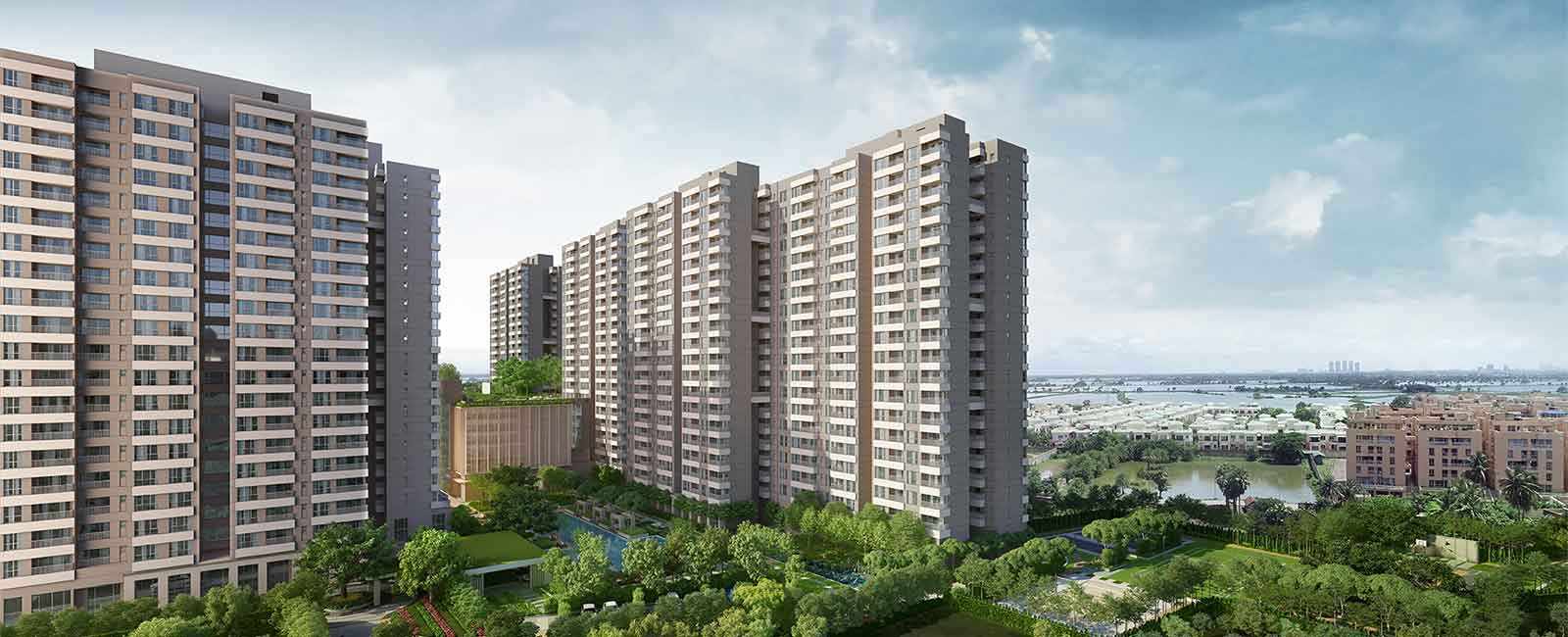
Introduction
The Norway Real Estate Market presents a fascinating landscape characterized by regional variations, a strong emphasis on sustainability, and the subtle yet significant influence of the "Nærhetsprinsippet" (Proximity Principle). This article delves into the key trends, emerging innovations, and crucial developments shaping the Norwegian property sector, with a particular focus on how the preference for local amenities and services is impacting housing demand across the nation. Understanding these dynamics is crucial for investors, developers, and individuals looking to navigate this unique and often robust market.
Current State of the Norway Real Estate Market (2025): A Snapshot
As we move through 2025, the Norway real estate market exhibits a degree of stabilization after periods of more rapid growth. While certain urban centers continue to experience robust demand, regional nuances are becoming increasingly pronounced. Key observations include:
Price Moderation in Some Areas: Following a period of significant price increases in previous years, some major cities like Oslo are witnessing a moderation in the pace of growth. However, this doesn't signify a downturn but rather a recalibration of the market.
Strong Regional Performance: Cities like Stavanger are bucking the trend with continued strong price appreciation, driven by regional economic factors, particularly the energy sector. This highlights the importance of granular market analysis.
Active Second-Hand Market: The second-hand housing market remains highly active, with a significant volume of transactions. This can be attributed to a combination of factors, including a lower number of newbuild completions in recent years and the inherent appeal of established neighborhoods.
Rental Market Dynamics: The rental market, especially in popular tourist destinations and university towns like Oslo, Bergen, and Tromsø, continues to experience strong demand, fueled by tourism and a mobile workforce. This is leading to upward pressure on rental prices in certain areas.
Impact of Lending Regulations: Recent adjustments to lending regulations, such as a reduced equity requirement for first-time homebuyers and increased flexibility for banks in assessing loan applications, are aimed at improving accessibility to the housing market. The long-term impact of these changes is still unfolding.
Sustainability as a Core Driver: The emphasis on sustainable living and environmentally friendly properties is no longer a niche trend but a significant factor influencing buyer preferences and development strategies.
Emerging Innovations Shaping the Future of Norwegian Real Estate:
The Norway real estate market is gradually embracing technological advancements and innovative approaches:
PropTech Adoption: While perhaps not as rapid as in some other markets, the adoption of Property Technology (PropTech) is gaining momentum. This includes online platforms for property listings and virtual tours, AI-powered property valuation tools, and digital solutions for property management.
Smart Home Integration: The demand for smart home features, offering convenience, security, and energy efficiency, is increasing among homebuyers and renters. Developers are incorporating these technologies into new constructions.
Focus on Energy Efficiency and Green Building: Driven by stringent building codes and a national commitment to sustainability, there's a strong push towards energy-positive buildings, the use of sustainable materials, and innovative energy solutions like geothermal heating and solar power. The government's mandate for solar panels on new government buildings from 2024 serves as a clear indicator of this direction.
Modular and Prefabricated Construction: These methods are gaining traction as a way to expedite construction timelines, reduce costs, and minimize environmental impact through efficient material use and waste reduction.
Digital Twins for Property Management: The concept of digital twins, virtual representations of physical properties, is being explored for optimizing building performance, predicting maintenance needs, and enhancing overall property management efficiency.
Blockchain Potential: While still in its nascent stages, the potential of blockchain technology for secure and transparent property transactions and fractional ownership is being discussed within the industry.
The "Nærhetsprinsippet" (Proximity Principle) and its Profound Impact on Housing Demand:
The "Nærhetsprinsippet," or Proximity Principle, is a deeply ingrained aspect of Norwegian societal values and urban planning. It emphasizes the importance of having essential amenities, services, and community connections within a reasonable distance of one's home. This principle is significantly shaping housing demand across Norway in several key ways:
Premium on Well-Connected Locations: Properties located within walking or cycling distance of daily necessities such as grocery stores, schools, healthcare facilities, public transportation hubs, and recreational areas command a premium. This is particularly evident in urban and suburban areas.
Decentralized Urban Development: The "Nærhetsprinsippet" encourages the development of relatively self-sufficient local communities within larger urban areas. This means that demand is often concentrated in neighborhoods that offer a good balance of residential living and local amenities, rather than solely in the central business districts.
Attractiveness of Smaller Towns and Villages: The principle also contributes to the sustained appeal of smaller towns and villages that have managed to maintain a strong sense of community and local services. Residents often prioritize the quality of life and convenience offered by these close-knit environments.
Influence on Infrastructure Planning: The "Nærhetsprinsippet" directly influences urban and regional planning, with authorities prioritizing investments in infrastructure that supports local accessibility and reduces the need for extensive commuting. This, in turn, shapes the desirability and demand for housing in different areas.
Resilience to Remote Work Trends: While remote work has offered greater flexibility in where people choose to live, the "Nærhetsprinsippet" remains relevant. Many individuals still value having local access to social networks, community activities, and essential services, even if they are not commuting to an office daily.
Demand for Mixed-Use Developments: The principle fuels the demand for mixed-use developments that integrate residential units with commercial spaces, cultural facilities, and green areas, creating vibrant and walkable neighborhoods.
Consideration in Property Valuation: Real estate agents and appraisers increasingly factor in the "Nærhetsprinsippet" when valuing properties, recognizing that proximity to key amenities is a significant driver of buyer interest and price.
Regional Variations and the "Nærhetsprinsippet":
The impact of the "Nærhetsprinsippet" can vary across different regions of Norway:
Urban Centers: In cities like Oslo and Bergen, the principle intensifies competition for properties in centrally located neighborhoods with excellent access to public transport, cultural attractions, and employment opportunities.
Suburban Areas: Suburban areas that have successfully developed strong local centers with a range of amenities and good transport links tend to experience higher housing demand compared to more sprawling, car-dependent suburbs.
Rural Areas and Smaller Towns: In these areas, the "Nærhetsprinsippet" translates to the importance of maintaining local schools, healthcare facilities, and community hubs to ensure the continued attractiveness and viability of these settlements.
Coastal Regions: Proximity to the coastline and local fishing or tourism-related amenities can be a significant factor influencing housing demand in coastal communities, aligning with the core idea of local access to valued resources and lifestyles.
Navigating the Norway Real Estate Market in 2025: Advice for Buyers and Investors:
Understanding the interplay of market trends, emerging innovations, and the "Nærhetsprinsippet" is crucial for making informed decisions in the Norway real estate market:
Thorough Due Diligence: Conduct comprehensive research on specific regions and neighborhoods, considering not only property prices but also the availability and quality of local amenities and infrastructure.
Prioritize Sustainable Properties: Increasingly, energy-efficient and environmentally friendly homes are not only ethically sound but also offer long-term cost savings and higher resale value.
Embrace Technology: Utilize online resources and virtual tools to explore properties and market trends, but always complement this with in-person viewings and local market knowledge.
Consider Long-Term Value: Focus on properties with strong fundamentals, including location (in line with the "Nærhetsprinsippet"), quality of construction, and potential for future appreciation.
Seek Local Expertise: Engage with experienced real estate agents and legal professionals who have a deep understanding of the nuances of the Norwegian market and the implications of the "Nærhetsprinsippet."
For Investors: Explore opportunities in areas with strong local economies and a commitment to developing well-connected, sustainable communities. Consider the potential of mixed-use developments that align with the principles of proximity.
Conclusion
The Norway real estate market in 2025 is a dynamic environment shaped by a confluence of factors. While broader economic trends and emerging technologies play a significant role, the enduring influence of the "Nærhetsprinsippet" on housing demand cannot be overstated. This preference for localized living, with easy access to essential amenities and community connections, continues to be a fundamental driver of property values and buyer preferences across the nation. By understanding this principle alongside other market trends and innovations, buyers, sellers, and investors can navigate the Norway real estate landscape with greater clarity and make more informed decisions in the years to come. The market's increasing focus on sustainability and the gradual adoption of PropTech further add layers of complexity and opportunity to this unique and appealing property sector.










Write a comment ...